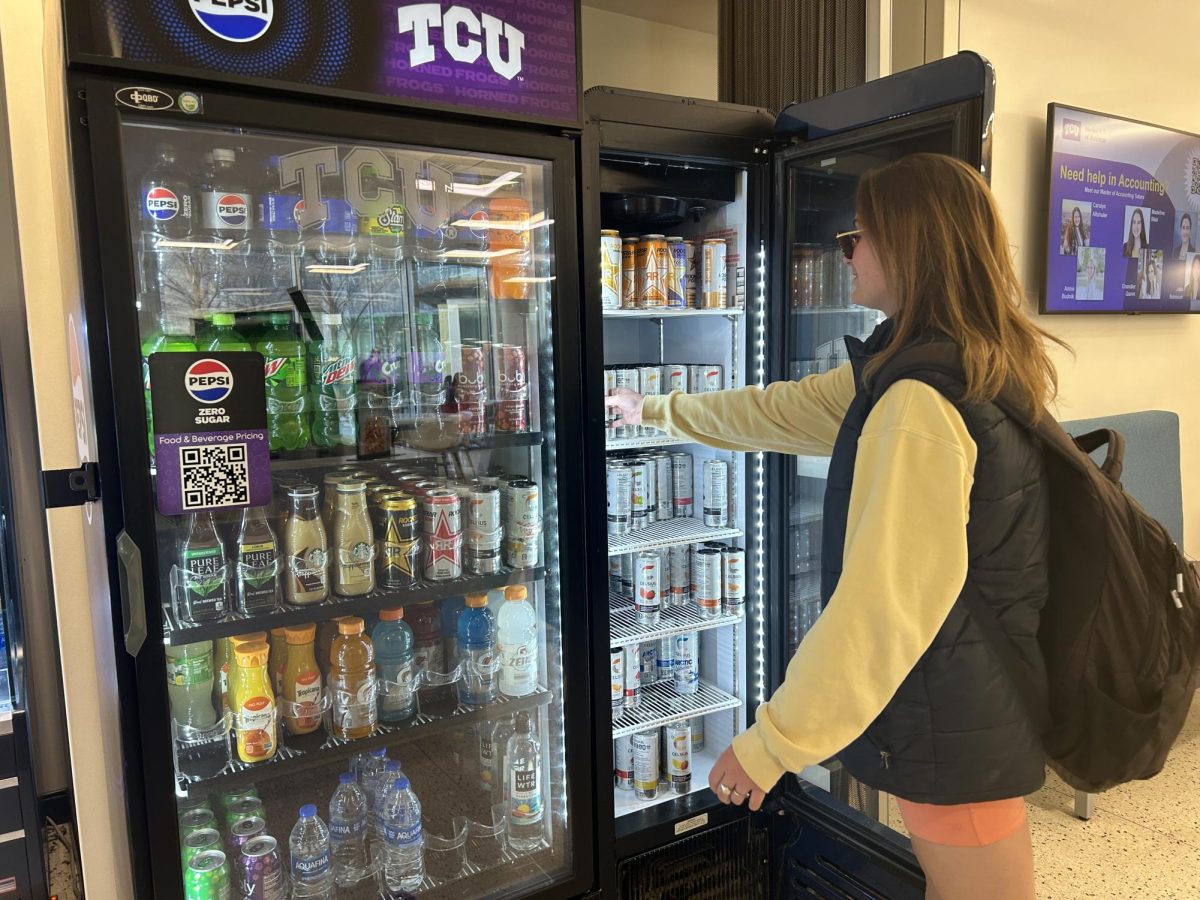In the midst of steadily increasing college expenses, more students can get a better break from the government this year.
Students are eligible to receive a tax credit of up to $2,500 thanks to the American Opportunity Tax Credit.
According to the IRS website, the tax break was designed to expand the reach of the existing Hope Credit, which applied to 2008 and earlier tax years and could not be refunded.
The Opportunity credit was meant to broaden the range of taxpayers eligible in tax years 2009 and 2010, like those who owe no taxes and those with higher incomes, according to the website.
“It’s a step in the right direction,” junior accounting and finance major David Russell said. “For students like myself, I think it should be sent to my school to cover expenses. That way, the money is going toward my education.”
The Opportunity tax credit expires at the end of this year, but according to an article on The Washington Post website, President Barack Obama has been pushing to make it permanent, advocating the policy’s assistance for middle-class families struggling with the swelling cost of college tuition.
According to the article, the cost for such a higher-education tax break would be about $58 billion over a period of 10 years added to the national budget.
“Some of the other things we’ve spent on in America, I feel like this is one of the things that needs to be pushed,” Russell said. “We’ve wasted money on a lot of other things. We should not be so concerned with the financial burden that it will bring, but how it will better America and our society.”
Director of Scholarships and Financial Aid Mike Scott said the credit will aid the families of students in covering tuition costs and would not affect aid eligibility.
“It can help the family overall,” Scott said. “It’s a benefit to the family as a whole or to the parents because they’re being able to pay a little less in taxes, but it really doesn’t affect their financial aid eligibility.”
According to a report released by the Department of the Treasury, more students and families received a higher-education tax credit in 2009 than in 2008.
The report compares the American Opportunity Tax Credit with its predecessor, the Hope Credit. With the potential $2,500 the Opportunity tax credit offers, students and families may receive over 75 percent more than the Hope Credit’s $1,800 maximum benefit.
It incorporates a higher income level as well: $160,000 for joint filers, instead of just $100,000. Additionally, up to 40 percent of the Opportunity credit is refundable, so lower-income students without federal income tax liability can receive up to $1,000 in the form of a tax refund, according to the report.
The report stated that 12.5 million students and families received a higher-education tax benefit in 2009. That is an increase of more than 400,000 from the previous year as a result of the Opportunity tax credit.
“This is one of the ways in which middle income families do get some help,” Scott said. “Whereas through the traditional financial aid application process or the financial aid eligibility determination, a lot of the middle income families maybe aren’t as eligible for grants and direct aid programs from the federal government.”
Scott said middle-class families would benefit most from this program rather than lower- or higher-income families.
“From that standpoint of being able to help middle-income families, I think it’s great,” he said.




